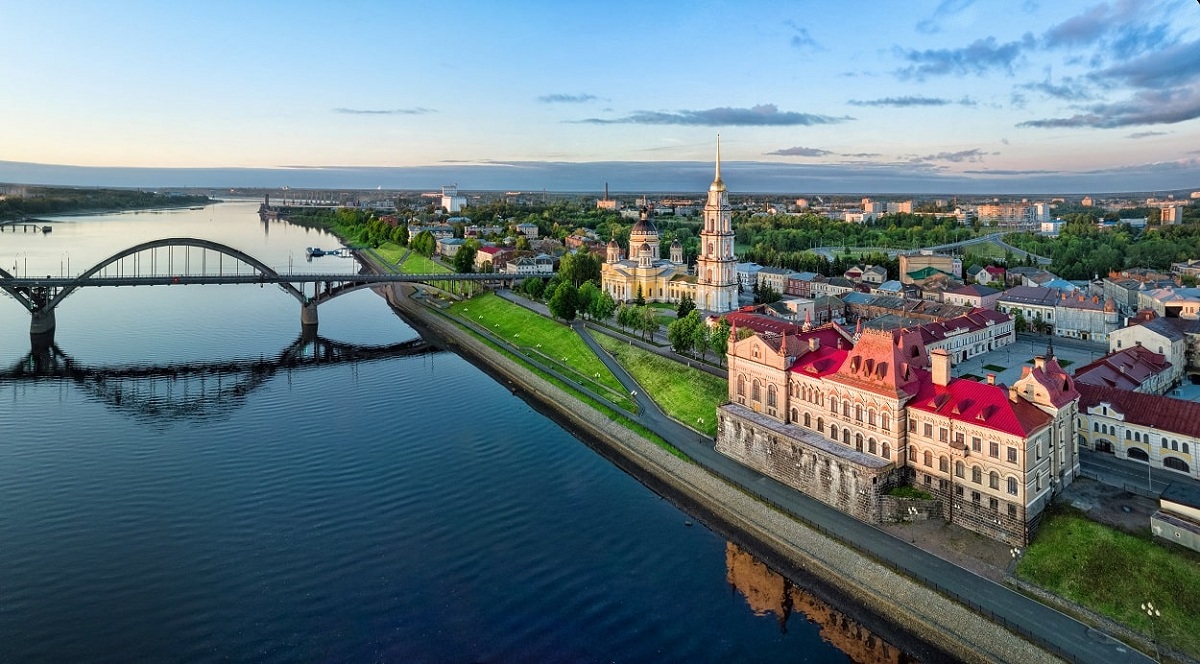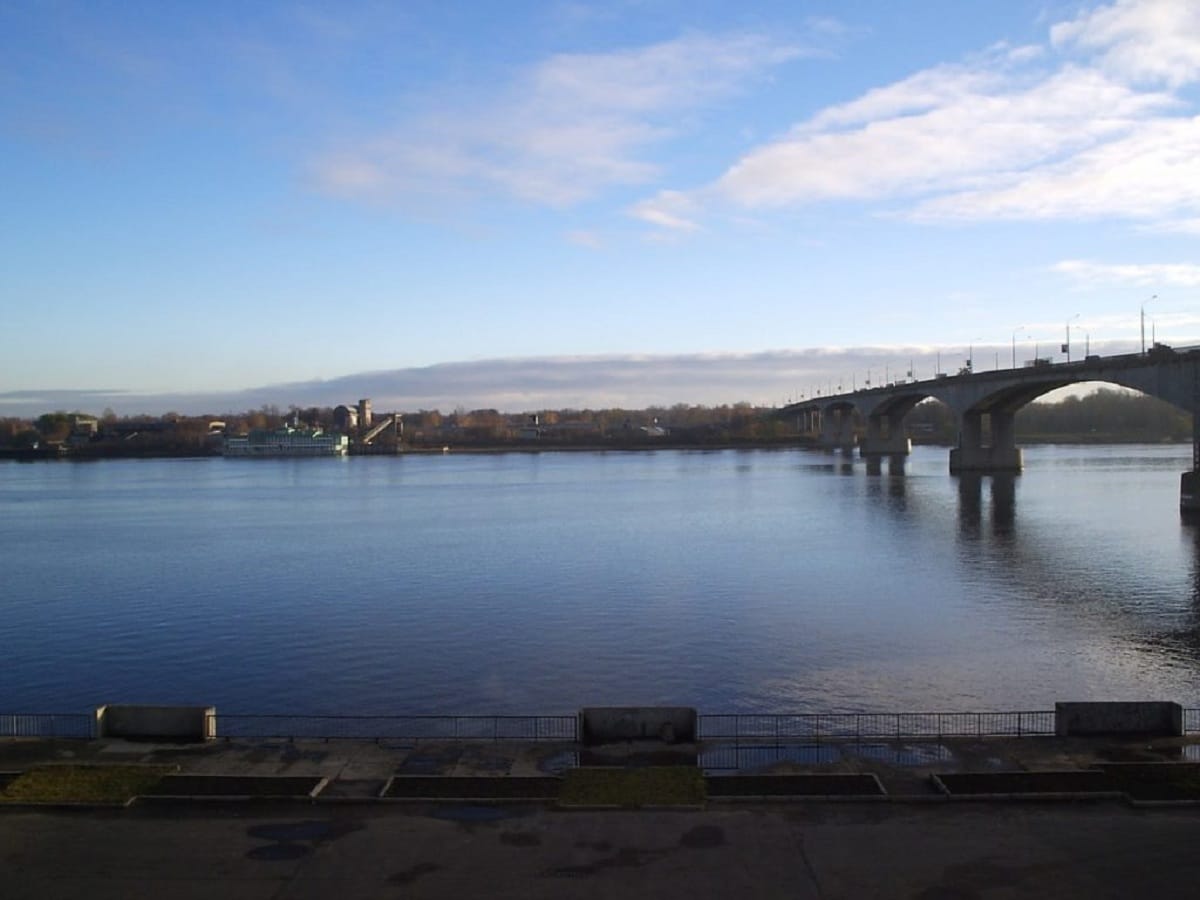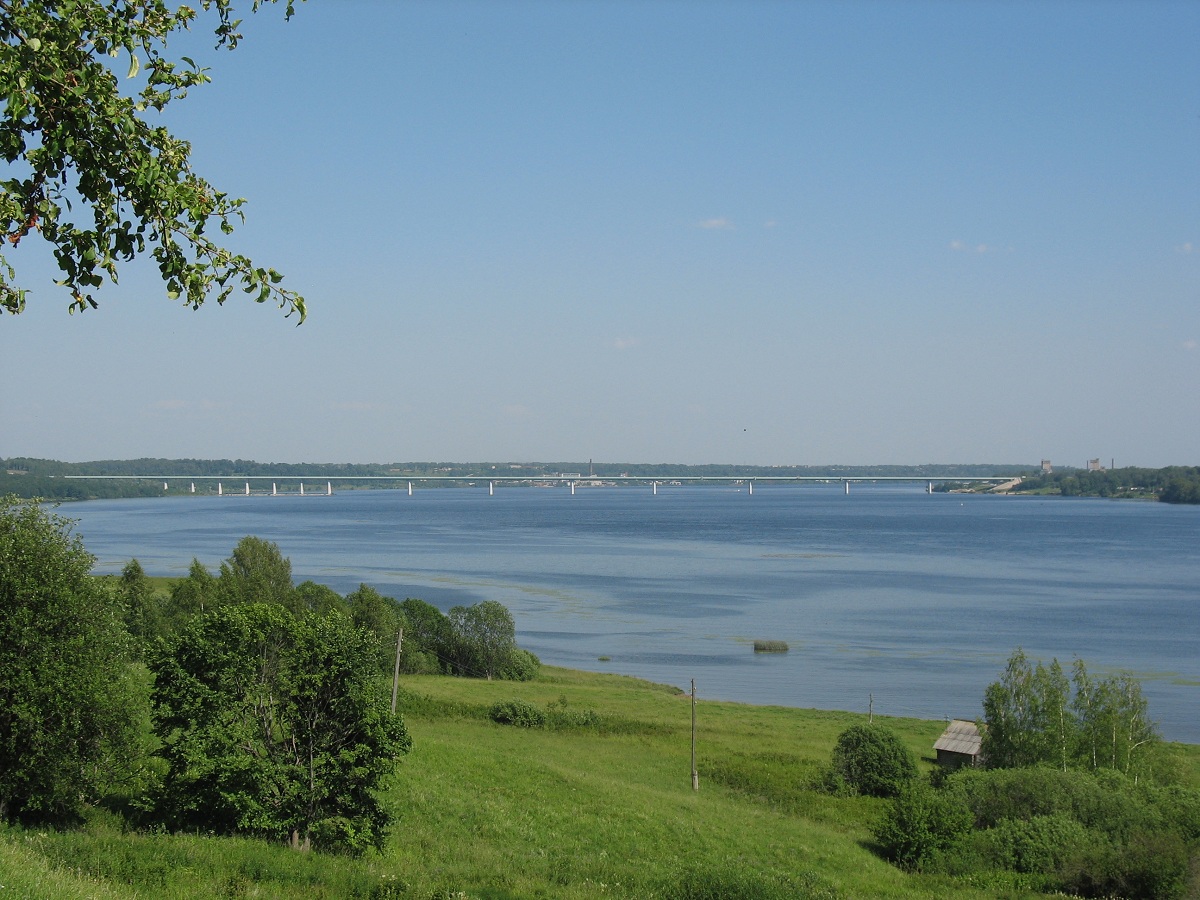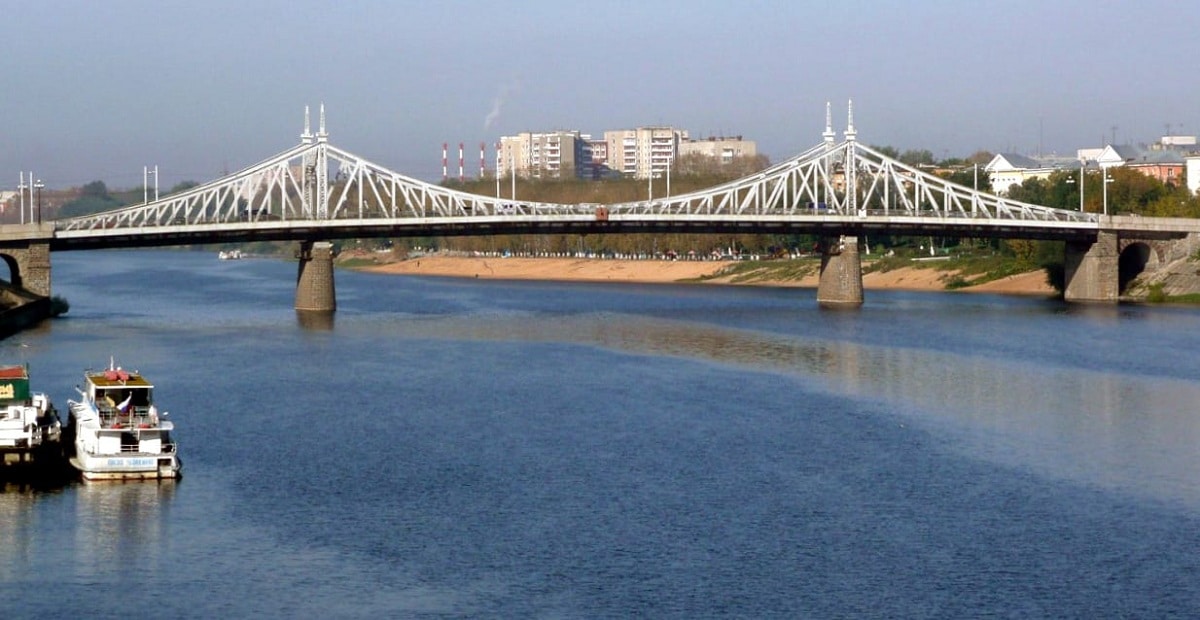
Europe has a long network of rivers with considerable flow and that supply water to the populations. The longest river in Europe It is from the Volga River. It flows through central Russia and reaches southern Russia, emptying into the Caspian Sea. Its catchment area is 1.360.000 km2. It is considered the longest river in Europe and has unique characteristics.
In this article we are going to tell you everything you need to know about the longest river in Europe and its characteristics.
Key features
The Volga River originates from Mount Valdai between Moscow and Saint Petersburg and empties into the Caspian Sea. It is not only the longest river in Europe, but also the largest river. It is 3.690 kilometers long and has an average flow of 8.000 cubic meters per second.
Its hydrological basin covers an area of 1.350.000 square kilometers, ranking 18th in the world. It is also the largest river in Europe in terms of discharge and drainage. It is widely regarded as the national river of Russia. The ancient Russian country, the Russian khanate, arose around the Volga River.
Historically, it is an important intersection of Eurasian civilizations. This river flows through forests, forest steppes and grasslands in Russia. Four of the ten largest cities in Russia, including the country's capital Moscow, are located in the Volga River basin. Some of the largest reservoirs in the world are located along the Volga River.
It belongs to the closed basin of the Caspian Sea and is the longest river that flows into the closed basin. The Volga River rises from the Valdai Mountains at an altitude of 225 meters northwest of Moscow and about 320 kilometers southeast of Saint Petersburg, and flows east through Lake Strzh, Tver, Dubna, Rybinsk and Yaroslav Russia, Nizhny Novgorod and Kazan. From there it turns south, passes a few more cities and then discharges into the Caspian Sea below Astrakhan. 28 meters below sea level.
At its most strategic point, it bends towards Don. In the upper part of the Volga River near Staritsa, the Volga River in 1912 had many tributaries, the most important of which were the Kama River, the Oka River, the Vetluga River, and the Sura River. The Volga and its tributaries form the Volga River system, which flows through an area of approximately 1.350.000 square kilometers in the most densely populated part of Russia.
Mouth of the longest river in Europe
Keep in mind that the longest river in Europe must have a huge mouth. Its mouth in has a length of approximately 160 kilometers and includes up to 500 channels and smaller rivers. The largest estuary in Europe is the only place in Russia where you can find animals such as flamingos, pelicans and lotuses. Due to the high frosts in this area of Russia, it is usually frozen for most of the length of the entire river for 3 months of the year. The winter months the longest river in Europe is completely frozen.
The Volga River drains most of western Russia. Many of its large reservoirs provide irrigation and hydroelectric power. The length of this river is used to increase the generation of renewable energy given the hydraulic jumps that can be built along the longest river in Europe. The Moscow Canal, the Volga-Don Canal, and the Volga-Baltic waterway form an inland waterway connecting Moscow with the White Sea, the Baltic Sea, the Caspian Sea, the Sea of Azov, and the Black Sea.
Environmental impacts of the longest river in Europe

High levels of chemical pollution have negatively affected the Volga River and its habitat. The flora and fauna is affected by the action of the human being throughout the entire route. With the advancement of technology and the industrial era, there are many discharges that end up polluting the waters and causing the ecosystems and habitats of many species of flora and fauna to be negatively affected.
The river valley has a high degree of fertility and produces a lot of wheat. It also contains rich mineral resources. A major oil industry is concentrated in the Volga River basin. Other resources include natural gas, salt, and potash fertilizers. The Volga Delta and the Caspian Sea are fishing grounds. Astrakhan, located in the delta, is the center of the caviar industry.
Another of the environmental impacts of the longest river in Europe is that it is often used for navigation purposes. Due to the construction of huge dams during the years of industrialization, the Volga river has widened quite a bit. It is of great importance for transportation and inland navigation in Russia since all the dams on the river have been equipped for the locks of ships and vessels with considerable dimensions. All these boats can sail from the Caspian Sea to almost the end of the river in the highest area.
Navigation and pollution levels
The pollution of the longest river in Europe it has only grown since the industrial age. It was observed that in 2016, the permissible concentration limit of oil and its derivatives in river water increased compared to the same study conducted in 2015. To make matters worse, the concentration of pollutants in 2016 continued to increase throughout the year.
Products with the highest amount of contamination found include iron, mercury, and nickel. In early August of that year, Russian Prime Minister Medvedev issued the relevant orders to immediately implement the Volga River cleanup plan. According to information provided by the Russian Ministry of Nature, the implementation of the Volga river cleanup plan will cost about 34,4 billion rubles, or about 580 billion US dollars.
I hope that with this information you can learn more about the longest river in Europe and its characteristics.

